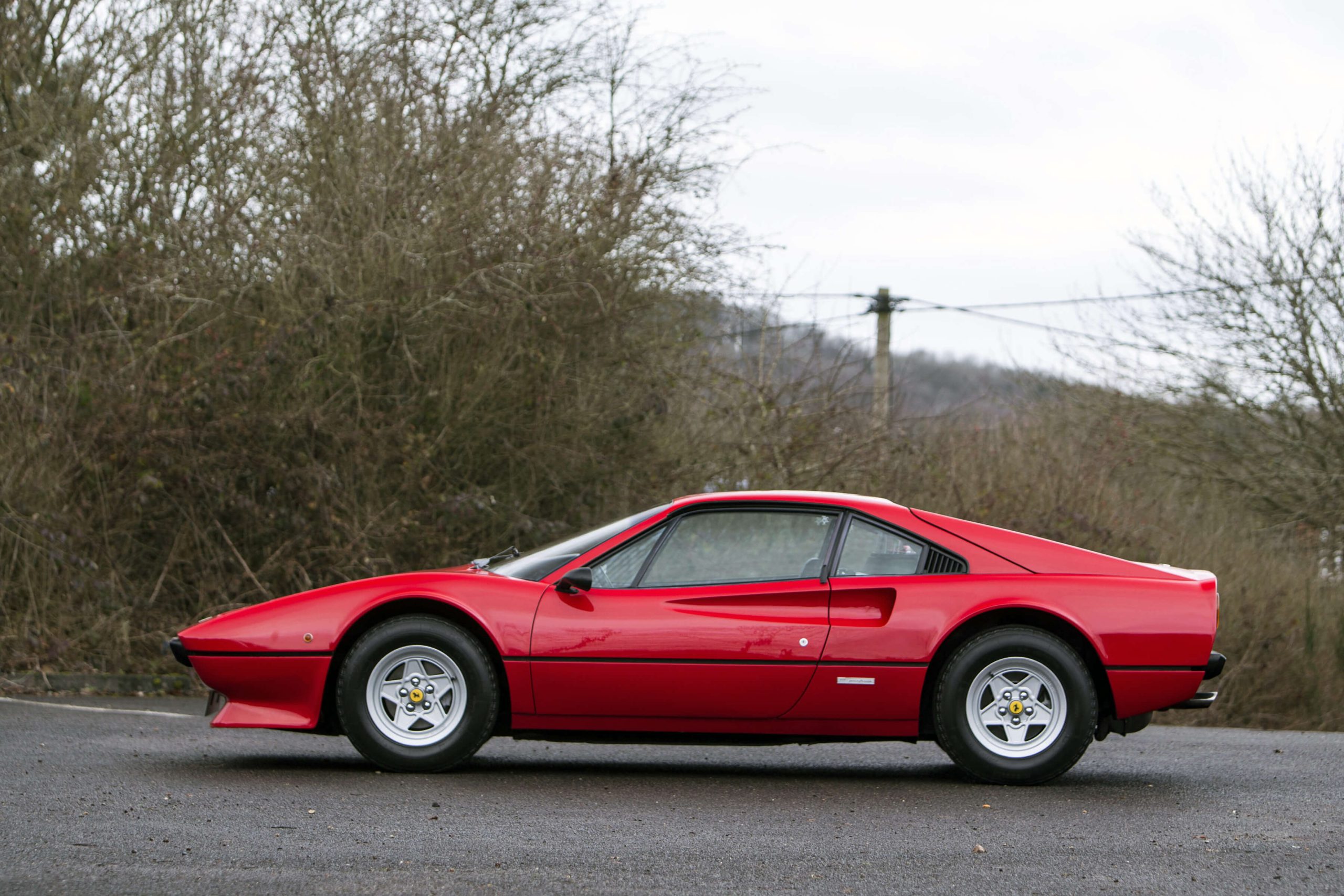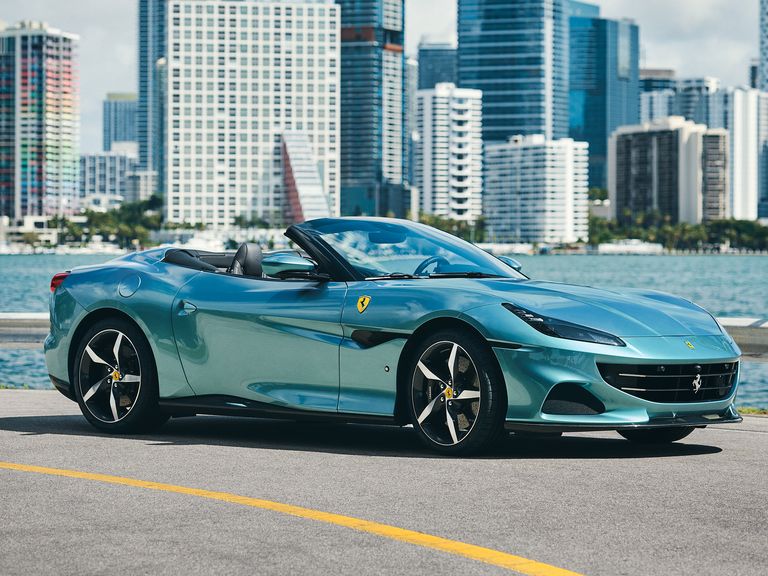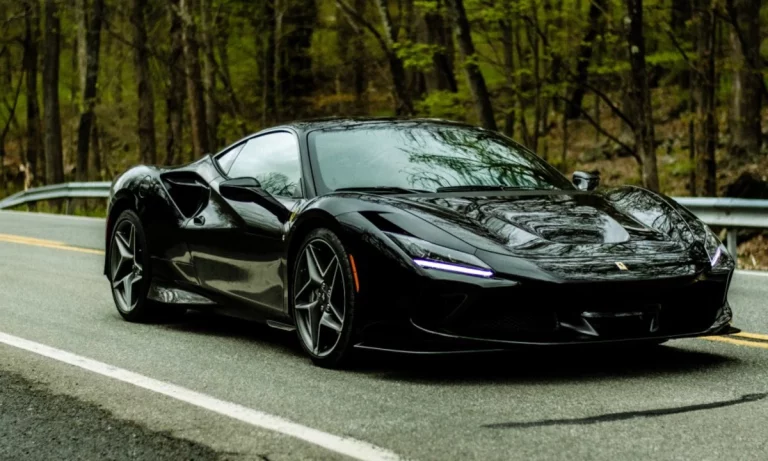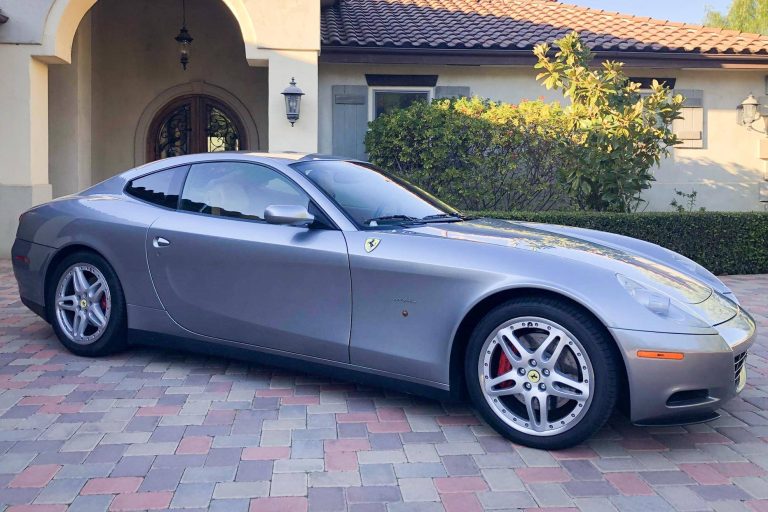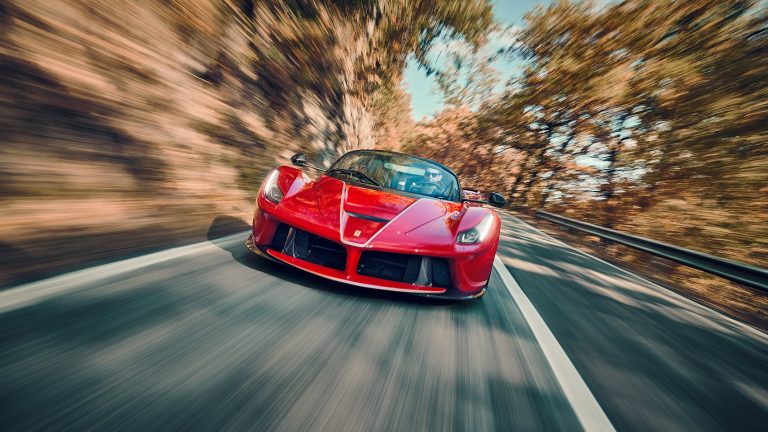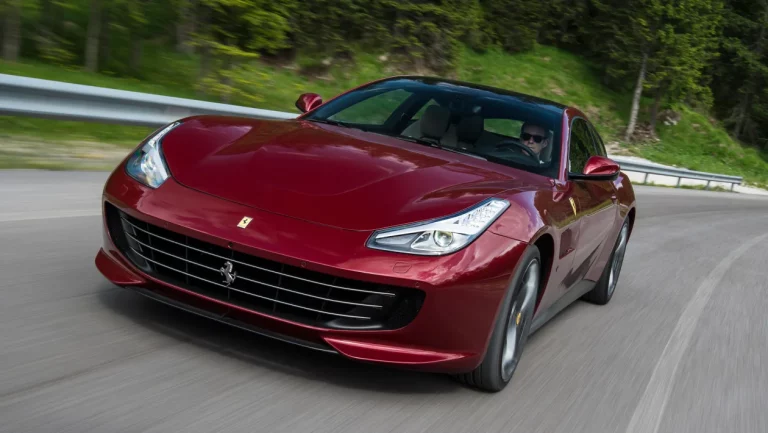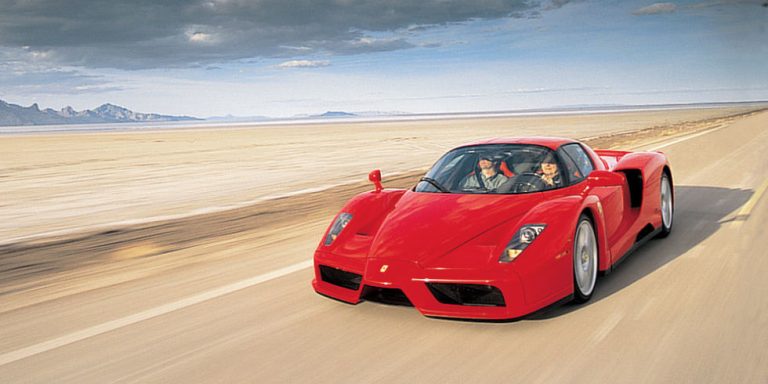Ferrari 208 Price, Specs, And Engine Details
A Complete Ferrari 208 Review
In this review, we will explore the various aspects of the Ferrari 208, from its inception to its performance and legacy.
1. History and Evolution of the Ferrari 208
The Ferrari 208 holds a unique spot in Ferrari’s storied history, primarily designed to meet specific market demands in Italy. This model went through several evolutionary stages, from the original 208 GT4 to the introduction of turbocharged versions. Let’s see each phase of its development.
The Original 208 GT4
Introduced in 1975, the Ferrari 208 GT4 was a response to Italian tax regulations, which levied higher taxes on cars with engines over 2 liters. Ferrari ingeniously downsized the V8 engine to just under 2 liters, creating the smallest displacement V8 engine in a production car at the time. The 208 GT4 featured a 2+2 seating arrangement and was styled by Bertone, marking a departure from Ferrari’s usual collaboration with Pininfarina. With only 140 horsepower, it wasn’t the fastest Ferrari, but it maintained the exquisite handling and balance the brand was known for, suited perfectly for the winding roads of Italy.
Transition to 208 GTB and GTS
In 1980, Ferrari evolved the 208 into two new models: the 208 GTB, a berlinetta (coupe), and the 208 GTS, a spider (convertible). These models replaced the GT4 and shifted the design work back to Pininfarina, which brought a sharper, more angular aesthetic to the cars. These vehicles continued with the same 2-liter engine, delivering modest power but exceptional agility and driving dynamics. The transition reflected Ferrari’s commitment to providing the Italian market with a sports car that fit within tax limitations while still offering the prestige and thrill of Ferrari ownership.
Introduction of the 208 Turbo Models
To address the lack of power in the early 208 models, Ferrari introduced turbocharged versions in 1982, starting with the 208 GTB Turbo and later the GTS Turbo. The turbocharged 2-liter V8 engine significantly increased power output to 220 horsepower, greatly improving performance and addressing customer demands for a more dynamic driving experience. The introduction of the turbo models marked a significant technological advancement for Ferrari, showcasing their ability to innovate and adapt to market needs.
2. Ferrari 208 Design and Aesthetics
Exterior Design
The Ferrari 208 initially appeared in the form of the 208 GT4, a 2+2 coupe designed by Bertone. This model marked a departure from Ferrari’s traditional collaboration with Pininfarina, showcasing Bertone’s distinctive approach to Ferrari’s design language. The GT4 featured sharp, angular lines that were characteristic of the late 1970s and early 1980s, giving it a unique and recognizable profile that differed from the curvier aesthetics typical of earlier Ferraris.
Interior Design
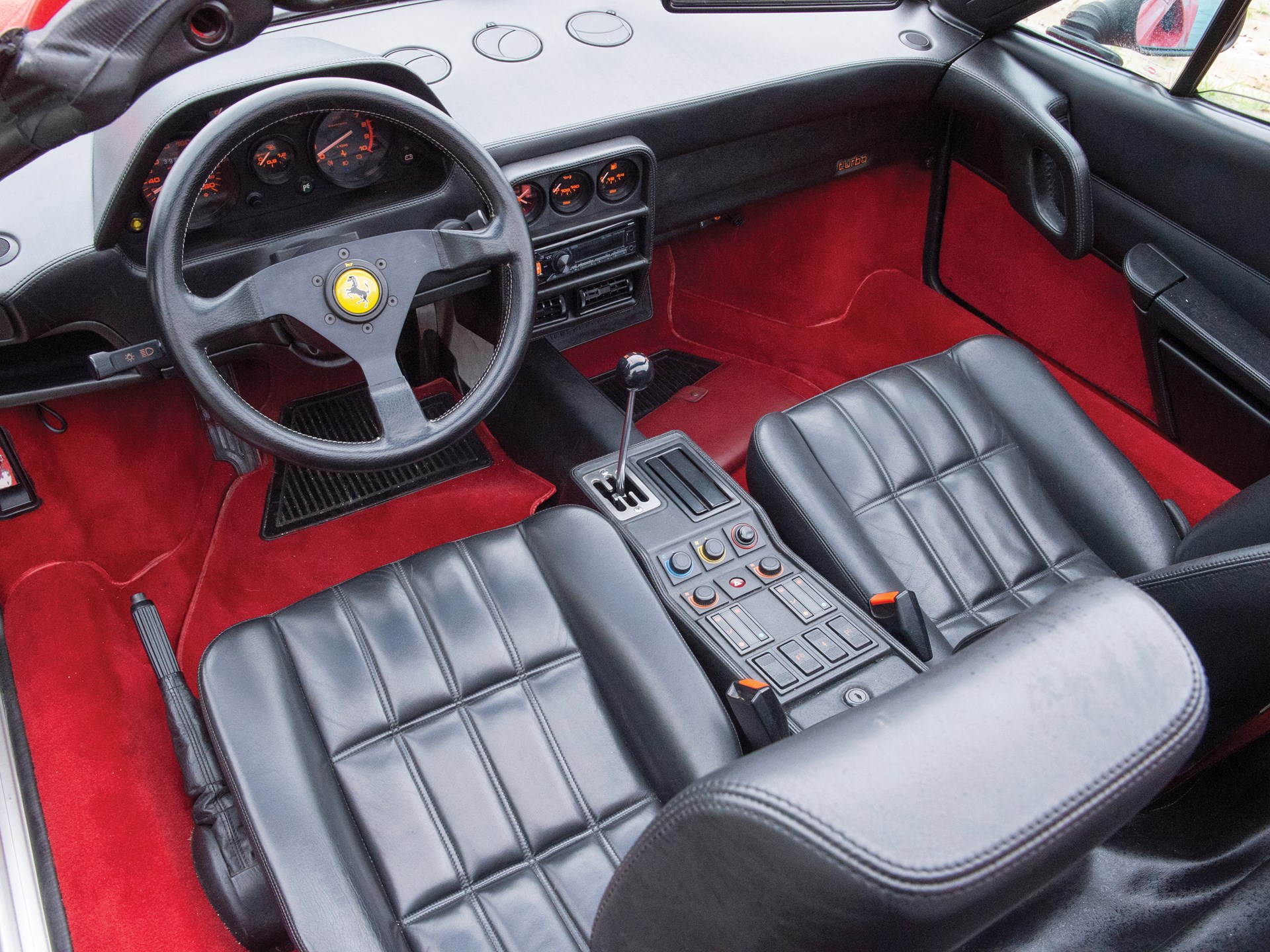
Inside, the Ferrari 208 featured a cabin that reflected the luxury and sports-oriented design ethos of Ferrari. The interior was compact yet carefully laid out to maximize the space available, ensuring a comfortable driving experience. High-quality leather and meticulous craftsmanship were standard, with an emphasis on ergonomic placement of instruments and controls. This attention to detail ensured that the interior aesthetics and functionality met the high expectations associated with the Ferrari brand.
Color and Trim
The 208 series offered a variety of color options, allowing owners to choose hues that best suited their personal style and the car’s sporting nature. Classic Ferrari reds were popular, but they were complemented by deeper blues, striking silvers, and elegant blacks, each enhancing the car’s lines and curves.
Aesthetic Appeal and Legacy
The Ferrari 208’s design is a testament to the brand’s flexibility and innovation. It managed to respect Italian tax regulations without compromising on the visual appeal that is synonymous with Ferrari. Today, the 208 is appreciated not just for its performance or historical significance but also for its aesthetic appeal.
3. Ferrari 208 Performance
Engine
The Ferrari 208 features a 2.0-liter V8 engine, the smallest displacement V8 ever produced by Ferrari. This engine was a response to Italian laws that imposed higher taxes on cars with engines larger than 2 liters. It utilized a DOHC (Double Overhead Camshaft) design with four valves per cylinder, an advanced setup for the time that helped maximize the power output from the smaller engine.
Horsepower
In its initial form, the 208 GT4, released in 1975, produced 170 horsepower. This output was modest compared to larger-engined Ferraris but was still significant for such a small displacement. When the model transitioned into the GTB and GTS forms in 1980, the power was slightly lower at around 155 horsepower due to different tuning and emissions standards.
Acceleration
The 208’s acceleration was reasonable for its era and engine size. The GTB and GTS models could accelerate from 0 to 60 mph (0 to 97 km/h) in about 7.9 seconds. While not earth-shattering, this acceleration allowed drivers to experience the thrill of driving a Ferrari sports car, albeit in a more subdued manner compared to more powerful models.
Top Speed
The top speed of the Ferrari 208 varied slightly between models. The GT4 could reach a top speed of approximately 137 mph (220 km/h), while the later GTB and GTS versions typically saw a top speed around 134 mph (216 km/h). In 1982, with the introduction of the turbocharged version, the 208 Turbo, the top speed and overall performance significantly improved, pushing closer to 153 mph (246 km/h) thanks to the turbocharged boost in power to about 220 horsepower.
4. Ferrari 208 Price
As of today, the value of a Ferrari 208 depends largely on the collectibility of the specific model, its condition, and its rarity:
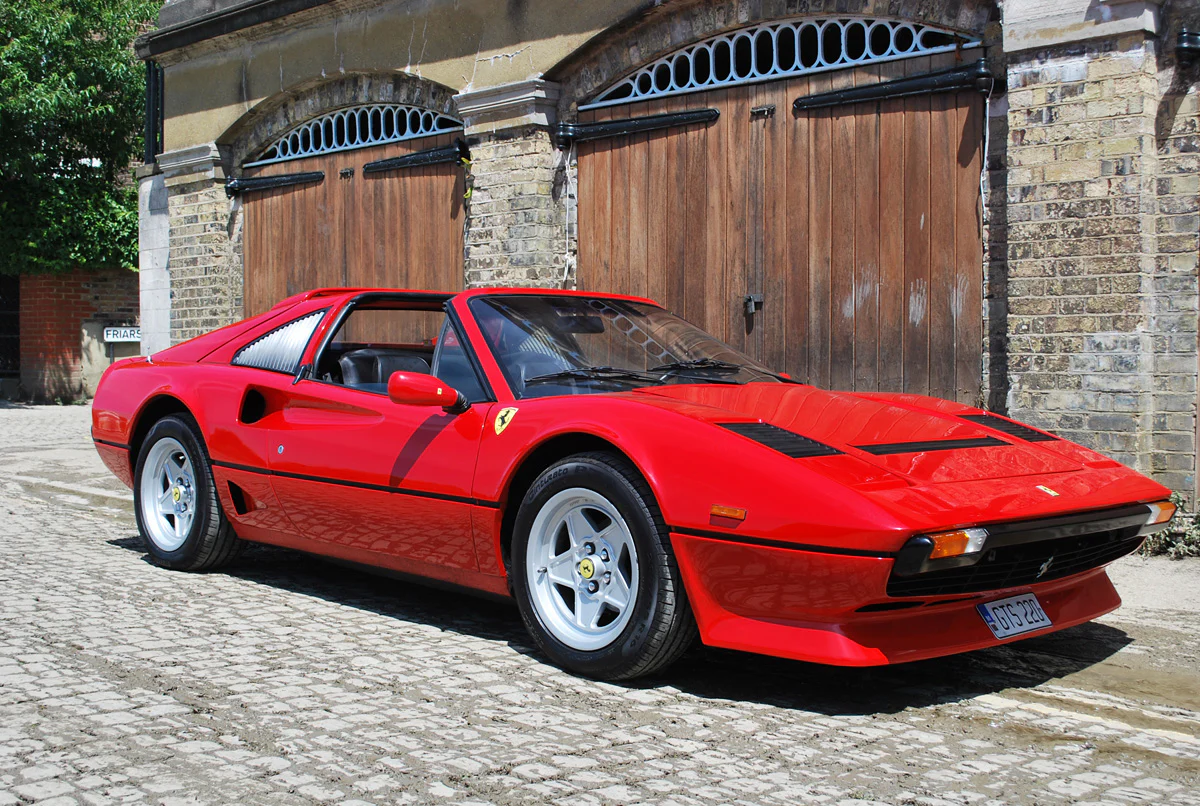
- Ferrari 208 GT4: The earliest model, the 208 GT4, typically ranges between $40,000 and $80,000. Excellent examples can fetch higher prices, particularly those that are well-maintained or have low mileage.
- Ferrari 208 GTB and GTS: These models are often valued slightly higher than the GT4, generally ranging from $60,000 to $100,000. The convertible GTS versions can command a premium due to their desirability and lower production numbers.
- Ferrari 208 Turbo: The Turbo versions, introduced to boost performance, are typically the most sought-after and can range from $80,000 to over $120,000 depending on their condition and originality.
5. Technical Specifications Of the Ferrari 208
- Engine: 2.0-liter V8
- Power Output:
- GT4: 170 horsepower
- GTB/GTS: 155 horsepower
- Turbo: 220 horsepower
- Transmission: 5-speed manual
- Dimensions: Length – 4,230 mm, Width – 1,720 mm, Height – 1,120 mm, Wheelbase – 2,340 mm
- Weight: Approximately 1,260 kg
- Chassis: Tubular steel frame
- Suspension: Independent with coil springs, shock absorbers, and anti-roll bars
- Brakes: Disc brakes at all four wheels
- Wheels: Light alloy wheels
- Interior: Leather-trimmed seats, analog gauges
- Performance:
- Acceleration (GTB/GTS): 0-100 km/h in about 7.9 seconds
- Top Speed (GTB/GTS): Up to 220 km/h (137 mph)
- Top Speed (Turbo): Up to 242 km/h (150 mph)
6. Pros And Cons of Owning a Ferrari 208
Here’s a breakdown of the pros and cons to help you decide if it’s the right fit for you:
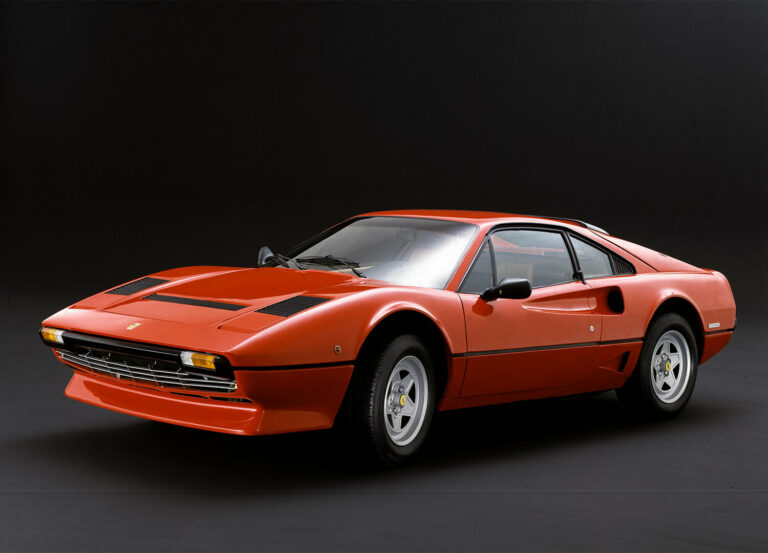
Pros:
- Thrilling Performance: The Ferrari 208 offers an exhilarating performance with a powerful V8 engine and sharp handling, especially for its era.
- Italian Design Icon: The timeless and elegant design of the 208 is a head-turner guaranteed to garner attention wherever you go.
- Investment Potential: Well-maintained Ferrari 208s, particularly later turbocharged models, can be collectible assets that appreciate over time.
- Unique Driving Experience: Owning and driving a piece of Ferrari’s heritage is an unmatched experience for any car enthusiast.
Cons:
- High Cost of Ownership: Maintenance, repairs, and insurance for a Ferrari 208 can be significantly more expensive compared to everyday cars. Parts can be rare and costly.
- Limited Practicality: The 208 is a two-seater sports car with minimal cargo space, making it impractical for everyday errands or hauling passengers.
- Demanding Driving Characteristics: The 208 can be unforgiving for inexperienced drivers. It has a low ride height, stiff suspension, and a powerful engine that requires focused handling.
- Attention and Responsibility: Owning a Ferrari comes with a lot of attention, both positive and negative. Be prepared for extra scrutiny and the responsibility of driving a valuable car.
Frequently Asked Questions
Who designed the Ferrari 208 series?
The Ferrari 208 series, including the models like 208 GT4 and its turbocharged versions, was designed by Marcello Gandini, a renowned Italian car designer.
What engine does the Ferrari 208 feature?
The Ferrari 208 features the Tipo F106D V8 engine. This powerful engine can produce 220 horsepower and can lead the sports car to reach a top speed of 150 mph.
What is the investment potential of Ferrari 208?
Given the limited production numbers, collectibility, and the growing value appreciation of the turbocharged models, the Ferrari 208 presents promising investment opportunities. It’s a highly coveted classic car with a positive market outlook.
What technology is Ferrari 208 praised for?
The Ferrari 208 is highly praised for its pioneering turbocharging technology. This innovation, combined with Italian engineering brilliance, provides an unmatched driving experience.
Why is the Ferrari 208 a desirable classic car?
As a product of Italian engineering excellence, the Ferrari 208 has an impressive performance, luxury aesthetics, and groundbreaking turbocharging technology. Add this to its limited production numbers and resulting collectibility, and you have a truly desirable classic car.

Hi! I’m Larry Gibbs, studying mechanical engineering with a focus on cars. I really love Ferraris and write blog posts about the latest car stuff. When not studying or blogging, I’m usually on a road trip exploring new places. I also enjoy playing football and watching movies. Life’s an adventure, and I’m all about enjoying the ride!

